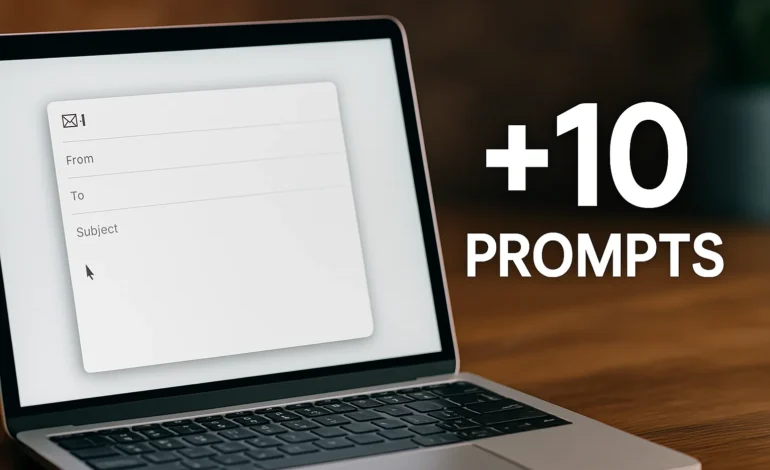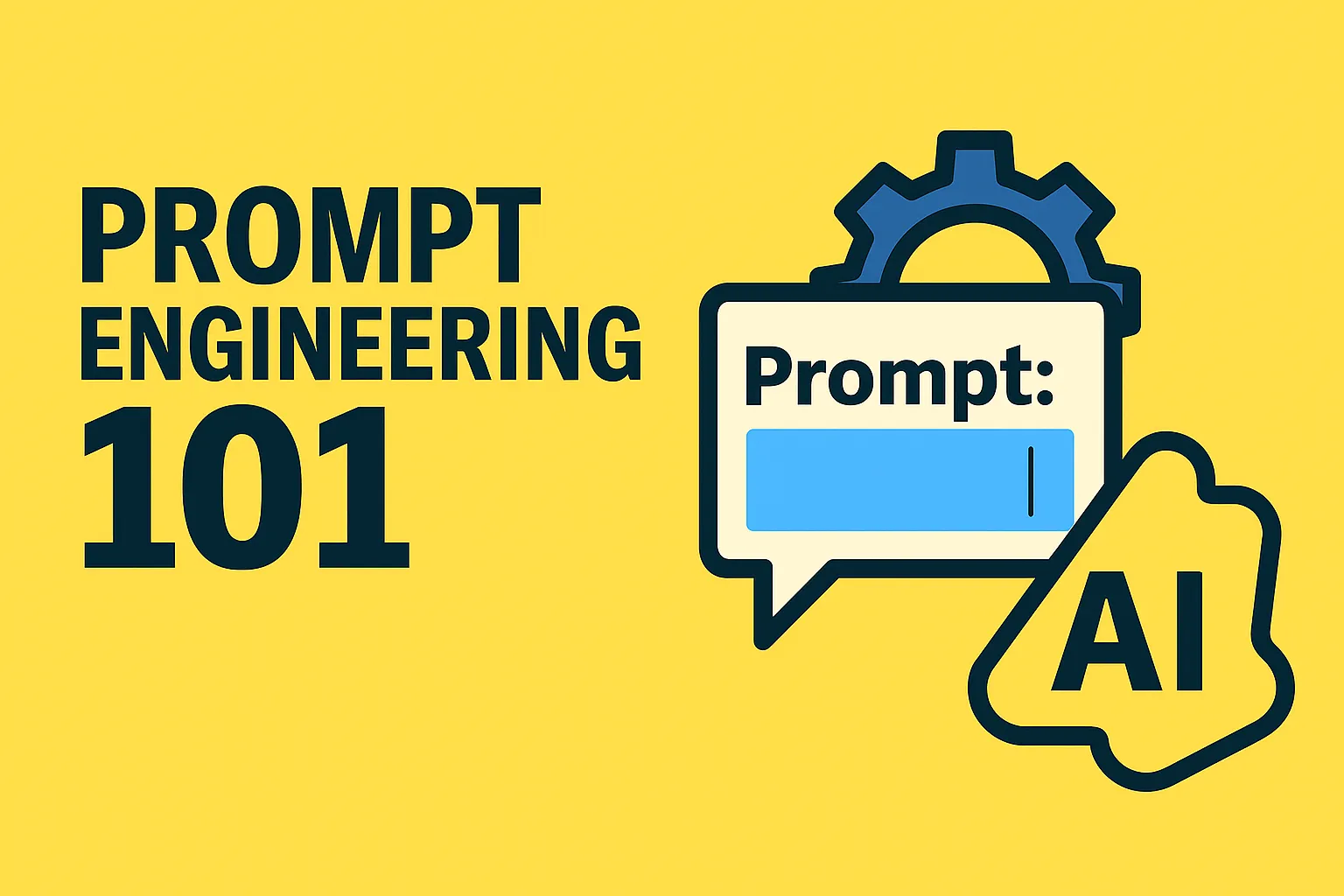
How to Use AI to Give Constructive Feedback with Clarity and Confidence
Giving feedback is one of the most important—and most uncomfortable—parts of working with other people. Whether you’re a team lead, peer, or client, the challenge is the same: be honest without being harsh, clear without being cold, supportive without sounding fake.
That’s why so much feedback ends up being either too vague (“Great job!”), too blunt (“This made no sense”), or too delayed to matter. And why many professionals dread writing performance reviews, peer comments, or even Slack responses.
This is where AI becomes surprisingly useful: Not as a scriptwriter, but as a tone coach, structure builder, and friction reducer. With the right prompt, it can help you shape feedback that’s fair, constructive, and still feels like you.
A Harvard Business Review study found that 37% of managers avoid giving feedback altogether—mainly due to fear of conflict or “not knowing how to say it.” AI can’t remove discomfort, but it can make it easier to start.
Start by being clear about your intention: Are you praising, coaching, or correcting? AI can help with all three—but only if it knows the goal. Generic prompts lead to stiff, robotic responses. Framed prompts lead to empathy and clarity.
Prompt Example: Peer Feedback
Prompt:
“Write constructive feedback for a teammate who submitted a project two days late. Acknowledge the effort, highlight the impact of the delay, and suggest how we can avoid this in the future—without making it personal.”
Notice the framing? You’re giving the AI emotional guardrails—stay neutral, be future-focused, avoid blame. That’s how AI helps you say what needs to be said, without breaking trust.
Different situations call for different tones. Giving feedback to a direct report is not the same as giving it to a peer, a vendor, or a senior stakeholder. One mistake viele machen: sie verwenden denselben generischen Tonfall für alle. Das wirkt schnell distanziert, mechanisch oder sogar überheblich.
AI kann hier helfen, indem es Varianten für unterschiedliche Gesprächsebenen liefert – du musst es nur sagen:
Prompt Example: Leadership Feedback (Upward)
Prompt:
“Help me write respectful upward feedback for my manager. I want to express appreciation for their support but also ask for more clarity during team planning meetings. Keep the tone constructive, appreciative, and confident.”
Or use AI to soften difficult phrasing. If you know what you want to say—but worry it sounds too harsh—ask the system to rewrite it diplomatically:
Prompt Example: Softer Rewriting
Prompt:
“Rephrase this feedback in a professional and supportive tone: ‘Your presentation lacked structure and was hard to follow.’”
These kinds of prompts don’t just help you write better—they help you train your own tone. Many people only notice the difference between blunt and helpful once they see a comparison.
AI should never say something you wouldn’t say yourself. Use it to clarify—not to avoid accountability. The best feedback is honest and rooted in your intent.
Before sending AI-assisted feedback, ask yourself three quick questions:
-
✔️ Is it specific? (Vague praise or criticism doesn’t help anyone.)
✔️ Is it actionable? (Can the recipient understand and improve?)
✔️ Would I say this face-to-face? (If not, why?)
If any answer is “no,” take a moment to revise—on your own or with help from AI.
Prompt Example: Self-Check Refinement
Prompt:
“Here’s the feedback I drafted. Can you review it for clarity, tone, and usefulness from the recipient’s point of view?”
What to avoid: letting AI generate feedback without reviewing it. Poor results usually come from missing context, emotion, or ownership. Here are three common mistakes:
-
❌ Asking AI for feedback without stating the goal or background
❌ Copying the AI’s wording without editing (it often sounds generic)
❌ Using AI to hide difficult truths or avoid confrontation
In a Nutshell
AI won’t give feedback for you—but it can help you do it better. When you provide context, emotion, and direction, AI becomes a tool for clarity, not avoidance. Feedback doesn’t have to be perfect. It has to be human. Let AI support your voice, not replace it.















